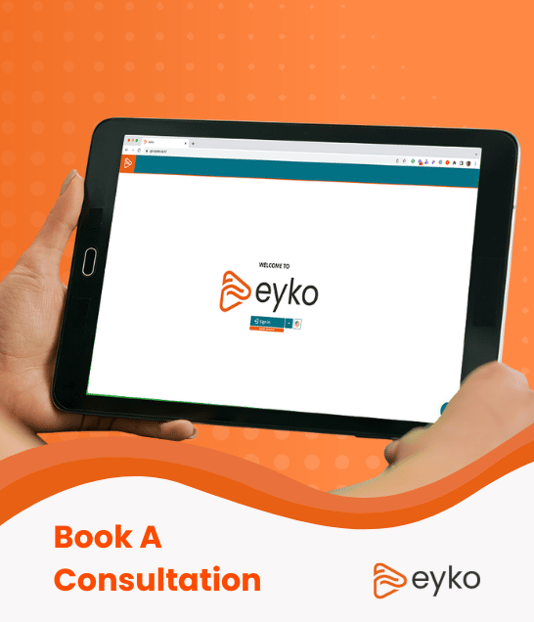Can AI put a Virtual Data Scientist in Your Pocket?
Most Data Scientists have degrees in math, engineering, economics, or science and there is a massive shortage of Data Scientists in the market today. The gap is only widening with the explosion of AI, data, and more and more connected devices, social media services, smart body monitors, and Internet of Things generating terabytes of data. The demands for data scientists are growing at a pace faster than the market can graduate them from university and college programs.
This puts incredible pressure on organizations to attract, nurture, and retain data scientists. In addition, they need to look for ways to offer data scientist like features across their business applications. Organizations now expect AI to offer recommendations, best practices, insights, refined words for marketing campaigns, and more. And underneath the AI is an army of data scientists defining, refining, and honing the models.
Before we continue, lets define what a data scientist is.
What is a data scientist?
“Data science is an interdisciplinary academic field that uses statistics, scientific computing, scientific methods, processes, algorithms, and systems to extract or extrapolate knowledge and insights from potentially noisy, structured, or unstructured data. A data scientist distills vast amounts of information to help other stakeholders make informed decisions. Below are some of the responsibilities that may include:
- To gather large amounts of data and interpret it in an understandable format.
- To use programming to extract value and insights.
- To discover any useful trends.
- To stay on top of data trends with technologies such as artificial intelligence, machine learning, or text analytics.” Source
As the market pressures continue to grow and competitive pressures heat up where every business and IT leader will be asked for AI insights and recommendations, there must be a way to arm business users with AI capabilities.
Analysts, sales managers, marketers, operations managers, manufacturing, finance, and other parts of businesses will ask more and more from their data to help them optimize their respective domains and better achieve corporate objectives and customer satisfaction. This puts more pressure on data scientists to help them build models, inspect, and analyze data, and come up with recommendations. However, as this type of sophisticated analysis becomes an expected business practice, organizations won’t be able to scale their data scientist teams.
What if a virtual data scientist was available to every business user?
Enter eyko – eyko’s AI Assistant was built to empower business users with a virtual data scientist. On top of eyko’s ability to merge data from different sources in minutes by business users, it also allows these same business users to pose natural language questions and get into a free-form discussion, as if they were speaking directly with a data scientist.
The eyko objective isn’t to replace data scientists, but to deliver a virtual data scientist to every user across any domain, so that they can uncover insights and optimize decisions as if they were a data scientist. This way, business users won’t be stuck behind a bottleneck of data scientist tasks or backlog. They can get insights the moment their intuition inspires them to dig deeper, or when they observe something out of the ordinary.
For instance, here is an example of a business user in eyko trying to determine a relationship between an invoice amount and the days to pay the invoice. A business person uses speech to text or writes the question. The eyko AI Assistant provides an answer in the form of a correlation chart. You can see that invoices with large amounts are paid quicker than smaller invoices.

Imagine the possibility of training your data or classifying customers based on your deep business experience. You can ask the eyko AI Assistant to perform additional classification based on “rules” you use every day to chase payment for your invoices. In this case, you will bucket your customers based on invoice amount and payment history to identify champions, laggards, and normal customers. This kind of question requires a high level of behind the scenes technical work to categorize customers based on payment history and invoice amount – typically requiring a highly skilled data scientist or someone with very good Excel skills and some level of programming knowledge. Luckily, tools like eyko, bridge that skills gap and answer these kinds of questions in seconds enabling the user to continue their analysis inquiry that will lead to better and faster decisions. Over time, as you train the IA Assistant it will get to know what you care about and surface insights you didn't know about.

Imagine a solution that also gives you reports by simply asking a question. eyko’s AI Assistant removes the need entirely to perform drag and drop report creation. In this example, the user wants to know what months had the highest orders and to show them in descending order.

Learn more about eyko and watch the AI Assistant in action in this detailed demo.
Share this
You May Also Like
These Related Stories

What's the Difference Between an AI Chatbot and an AI Assistant?

